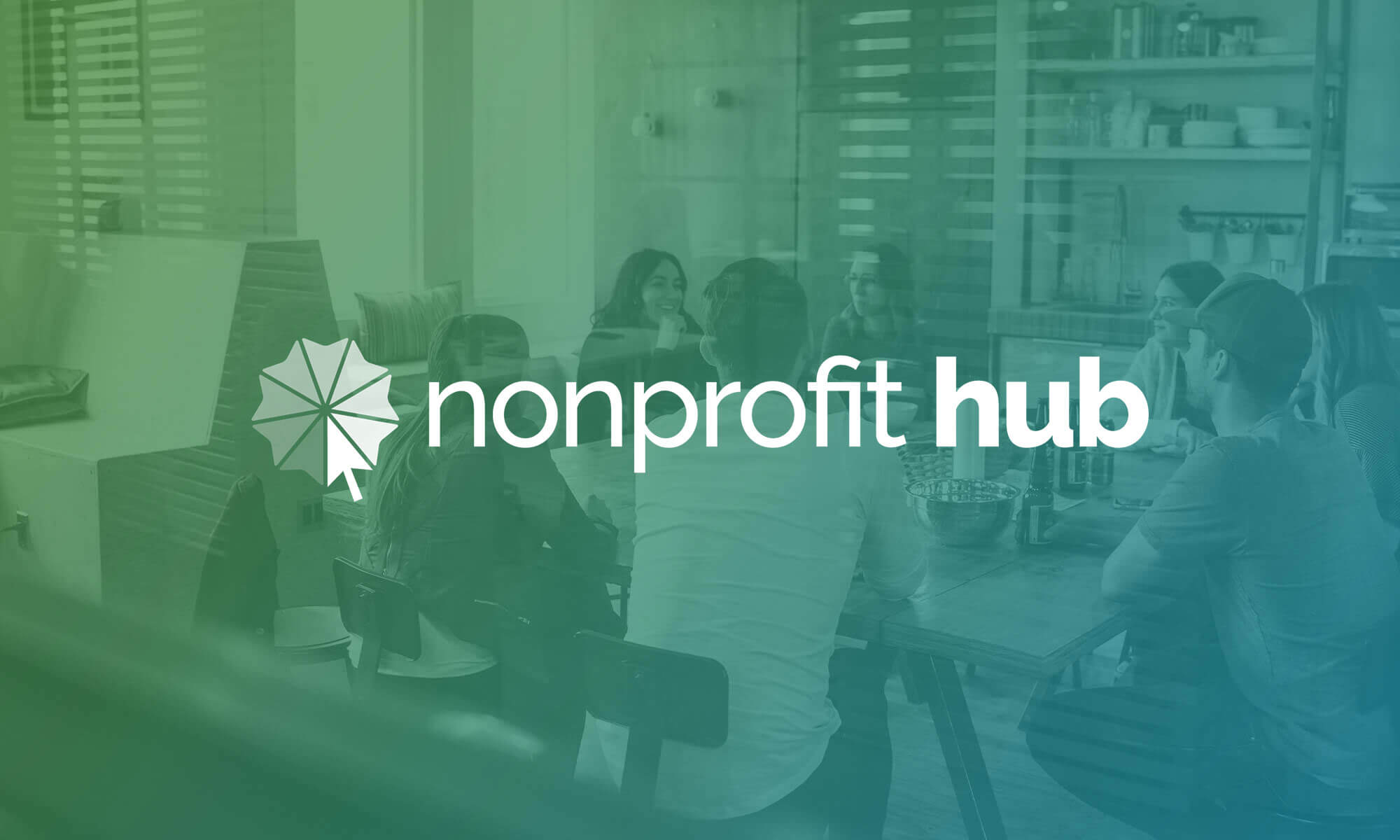When you want to get organized, what do you do? Before going to the grocery store—make a list. When you have a lot to remember—make a list. And at Christmas time, we’re told that Santa makes a list and checks it twice. That’s because he’s organized, and quite thorough. And your nonprofit should be too.
With social media list capabilities provided by Facebook and Twitter, along with circles by Google+, there are plenty of ways to increase your productivity and organization. Plus, once you’ve got the hang of your lists you can encourage your donors and volunteers to add their own and include your organization. That way, they’ll never miss your updates.
So go ahead and dive in. Here are some of the best ways to make and use social media lists.
It’s So Easy, Anybody Could Do It
Since you’re undoubtedly already using social media, it seems silly to not take advantage of the perks that come with creating and sharing lists. Plus, creating social media lists are simple.
For creating lists on Facebook, go to your Interest page and add an interest. Next, search for the people and pages that you’d like to include for others to follow. Make sure to include your organization’s Facebook Page and any other important figures in your organization. Anybody who allows subscribers can be featured on an interests list. Then simply name your list and set the privacy settings to public. Let all of your current Facebook fans know about the list by selecting Interests > More > Share.
Lists on Twitter are also an easy way to create and help your organization keep track of its top volunteers or donors. On Twitter, go to the top right corner and click the person icon and select ‘lists’. You can then compile a list of Twitter users to check their updates, or to Tweet at them when you have something they should hear. Either way, you’ll reach out to them all in one place.
Creative Ways to Use Your Lists
#1. To Drive Home Your Mission and Values
A nonprofit is nothing without its mission. The driving force behind all nonprofit ventures is the main goal, and success is contingent upon it. So create your own lists with your MVP in mind, the mission. This is the perfect opportunity to showcase your organization’s personality and values.
For example, you can add different pages or people to your list who stand for the same values or who have helped you achieve your mission along the way. That way list users can see the relationships your organization has made. If you have a company sponsor, link them so that people will see the connections. Hopefully the other organizations, people and businesses that you link to will appreciate the acknowledgement and acknowledge your organization in return.
#2. Share Information While Saving Time
With many organizations there can be a disconnect between the nonprofit’s staff, volunteers, donors and board members. But with lists, all people involved in your organization can be connected when they need to be. The lists offer a central location to discuss big events or stories that directly affect all aspects of the organization.
You could use the list to announce new board members, talk about an important change in your organization’s structure or to announce top volunteers or donors. You’ve got all the people you need to reach in one place at your fingertips. Plus, it’ll save you from taking the time to notify each group of people individually. You’ll have more time to focus on more important tasks, like fundraising or volunteer recruitment.
#3. Make it Easy for Constituents
When your list goes public, constituents, potential donors and volunteers can find all of your information in one convenient place. Plus, people that are already a part of your organization can make their own list that includes your updates. Constituents will be able to click a button to review all of your latest posts and updates that they might have missed if they weren’t near a computer when you made the update. So don’t be afraid to encourage your donors, volunteers and board members to make their own lists with your page in their list.
#4. Become an Expert Resource
By the time you’ve established your organization, you’ve probably become somewhat of an expert on the topic(s) that your mission encompasses. So what happens when your volunteers or donors have a question about the topic that your mission helps?
If you’ve created an effective list, they’ll head over to search the list for an answer. And if you’ve provided content that is accessible and precise, they’ll come back again and again. They might even tell their friends. In no time your organization has become a resource for many people who aren’t even affiliated with your organization. But as your credibility builds, they might come to your nonprofit to volunteer or donate in the future.
How has your organization used social media lists to organize its social media content?






